I have really been struggling with this post primarily because it got way too big as I started working through the problem. So I have decided to split it into a number of posts each addressing a different aspect of the capability deployed. By the Cold War the Soviets didn't really refer to units or the operation as Breakthrough but effectively the units and more specifically the ammunition natures that will be covered in these posts would have been used to support attacks against entrenched and fortified positions.
Soviet Doctrine largely trys to avoid dealing with a formed defence through a series of disruptive operations, flanking movements and a pace of advance that should give the enemy little time to prepare. I had never given much credence to the attack from the line of march theories against a prepared defence as we used to put a fair amount of effort into our defensive works. If they did not deploy from the line of march, the next point of call for Soviet Doctrine would be a more considered assault launched from a position of close contact. So I decided to spend a bit of time investigating what they would do if forced to attack a formed defence.
A critical component of any Soviet attack would be the massive destructive power that they would want to bring to bear against developed defences before launching any form of ground strike. V G Rezniichenko, editor of Tactics, has a great diagram showing an attack from the line of March by a Soviet Motor Rifle Battalion against a company in defence, at H -12 minutes they drop a 10 Kiloton War Head on the reserve Platoon. Given that fire plan, I as well as the Soviets would have a degree of confidence in carrying that attack.
Because of the effective range of small arms fire it would be quite rare to site platoons much over 500m appart as UK defensive doctrine called for an interlock with rifles which had an effective range of 300m and an overlap of fire with SAWs (GPMG Light Role or LSW) which had an effective range of 600m. As such a quick look at any of the numerous references on the blast effects of Nuclear weapons will give you an idea of the outcome. Wikipedia has some useful data points for a 1kt device air burst at 200m as follows:
- Blast, 20 psi to 200m 5 psi to 600m
- Heat, Firestorm to 500m, second degree burns to 800m
which will do a lot of damage to the defenders either through blast, burns or asphyxiation as the heat effects will remove most of the oxygen over the area covered by the firestorm. a number of these effects will casually disregard the fact your in a trench. So the reserve platoon has gone and I would imagine you have a number of problems in the forward platoons as well.
Throughout the 80's the Soviet doctrine shifted and become much more focused on conventional munitions rather than nuclear. Their aim being to keep the conflict non nuclear for as long as possible in order to increase NATO decision making problems around nuclear release as the Soviet army became entangled with NATO armies and the German population. I have always struggled to believe how conventional weapons could achieve the same or similar effects to Nuclear Weapons. Now having looked at it in some detail it is interesting to consider the array of assets they could have deployed to achieve this. These included:
- Massed conventional artillery fire.
- Precision guided, Thermobaric munitions from large calibre mortars.
- Thermobaric munitions from large calibre MRLs in the indirect fire roll.
- Precision guided, Thermobaric bombs from Aircraft.
- Direct Fire Thermobaric MRLs - the modern flame thrower.
- Direct Fire Thermobaric man portable munitions from hand held rocket launchers and ATGWs.
- Smoke Generators.
- Thermobaric munitions deployed by ballistic missiles.
You can spot the general theme, the Soviets classified Thermobaric systems as WMD, but given the pervasive nature of the deployment of the munition it was fairly clear they intended to use it and viewed it as having a much lower release threshold than Nuclear weapons. The effects of Thermobaric systems are fairly well documented and a not disimilar story to nuclear as the killers are destructive blast waves, over pressure, heat and a lack of oxygen.
Effects are however much reduced and dependent on size of device, distance from detonation and level of confinement. The elements that make them more effective and more interesting here as a replacement for nuclear capability are:
- Deployment through MLRS systems which would start to extend the area covered fairly effectively.
- The direct fire aspects of the missiles and rocket launchers which puts the warhead in your trench.
- Precision guidance which meant the devices could be sufficiently accurately placed to achieve the desired effects.
These systems would be deployed from a number of arms of service including:
- Frontal Aviation.
- Artillery at Divisional, Army, Front and Strategic Reserve level.
- Chemical Troops primarily at Army and Front level.
a lot of this remained a relatively closely guarded secret and there is little evidence that I have been able to find that lays down the composition of the Chemical troops units, which were the principal providers of the direct fire support. Evidence from both the Chechen Wars and from Afghanistan clearly outlines the capabilities, the equipment and there utility. The assumption is similar capability if it existed would have been deployed in a European conflict.
A reasonably significant amount of data exists on the weapons and when they were first fielded though a couple of assumptions need to be made in order to credibly employ some of the capabilities.
- For economic reasons the later part of the cold war was marked by a shift in Soviet focus to a more defensive posture, what if this had not been the case.
- The reasons and period over which the Soviets were transitioning to war could make a difference to the capabilities deployed particularly where these existed and were not necessarily required in large numbers.
The next few posts in this series will look at the various arms of service and the capability they could deploy in order to influence the Breakthrough battle and some concepts about what the organisations were that fielded the capability and how they might be represented on the Wargames table. Some time this summer if all goes according to plan we may see it in action.
References:
Jane's Armour & Artillery 2002/2003
Red God of War: Soviet Artillery and Rocket Forces , C Bellamy 1986
The Soviet Afghan War, How a super power fought and lost
Tactics, a Soviet view VG Reznichenko, 1984 DTIC PDF
A 'Crushing' Victory: Fuel-Air Explosives and Grozny 2000,
Technology and the Second Chechen Campaign: Not all new and not that much by Lester W. Grau
The highly-accurate mega-mortar
Soviet Air to Ground Missiles
Soviet Air to Ground Guided Bombs
SU 24
SU 17
Mig 27
ORBAT - 1980's Soviet MRR and TRR, Part 4 Artillery
Other Posts of interest

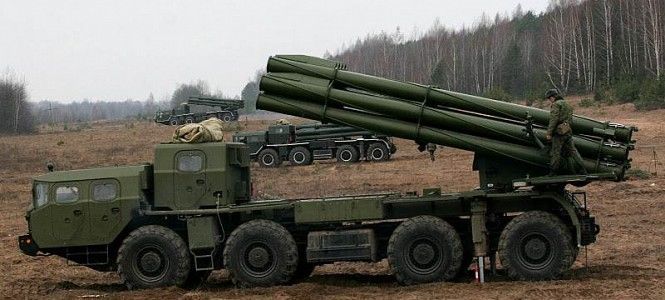
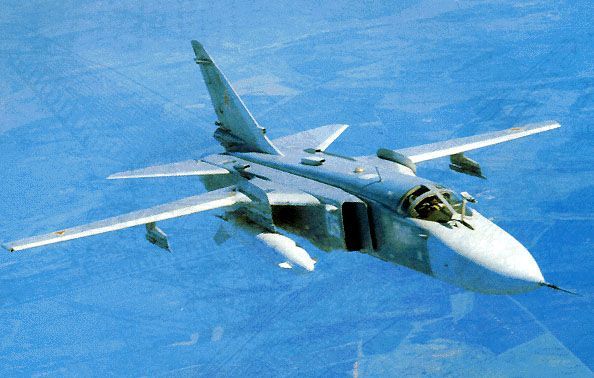
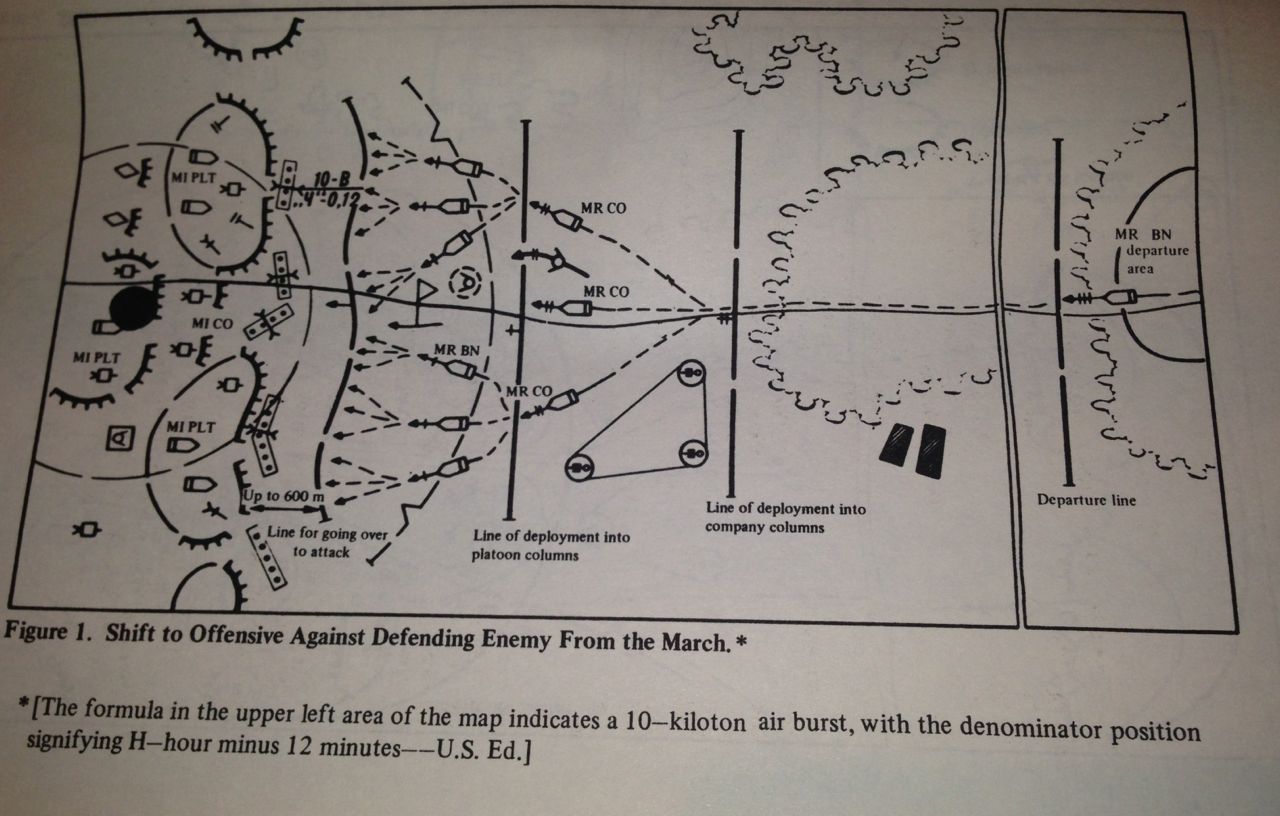
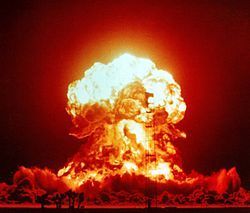
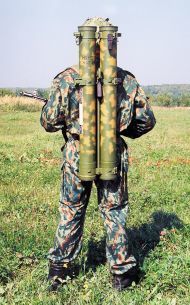
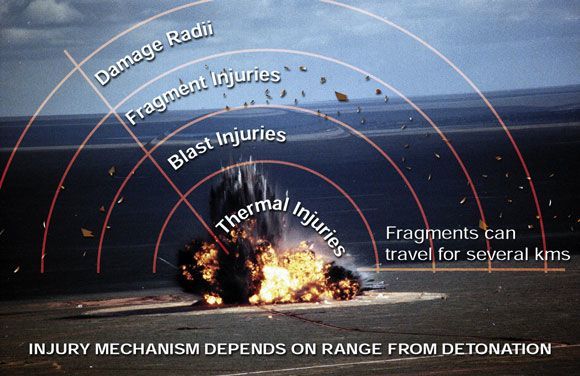
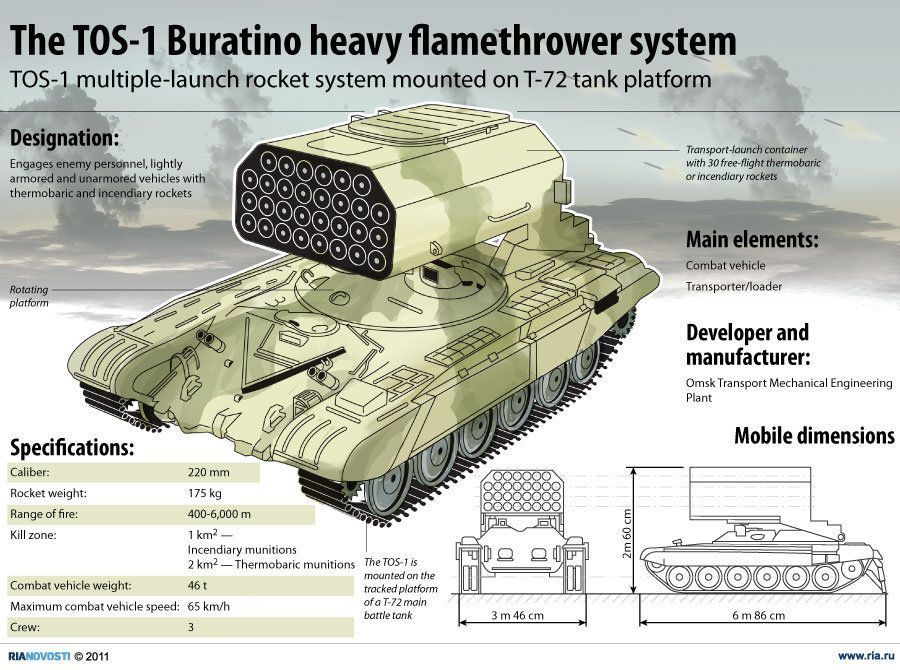
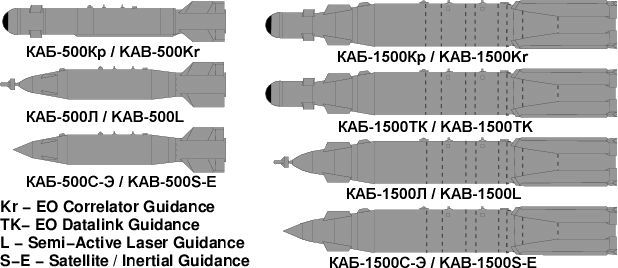
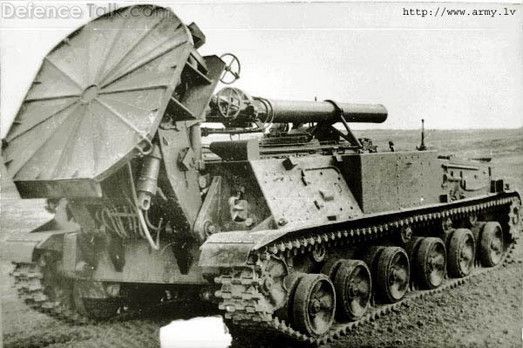
Reminds me of the film The Day After from 1983. My home in Nova Scotia, Canada would have been between hits on CFB Halifax and CFB Debert. Debert was the Diefenbunker for the Maritimes, and Halifax is still a major NATO base.
ReplyDelete